Is Whole Wheat And Whole Grain The Same? [Fully Answered]
Products made from grains and wheat are famous for improving heart health, blood sugar, and weight control.
But is whole wheat and whole grain the same? The answer must be no.
Also, you can be unsure about which one to purchase due to the abundance of products on the market and false advertising claims.
This article compares and contrasts whole grain and whole wheat, so don't miss out on any part of it!
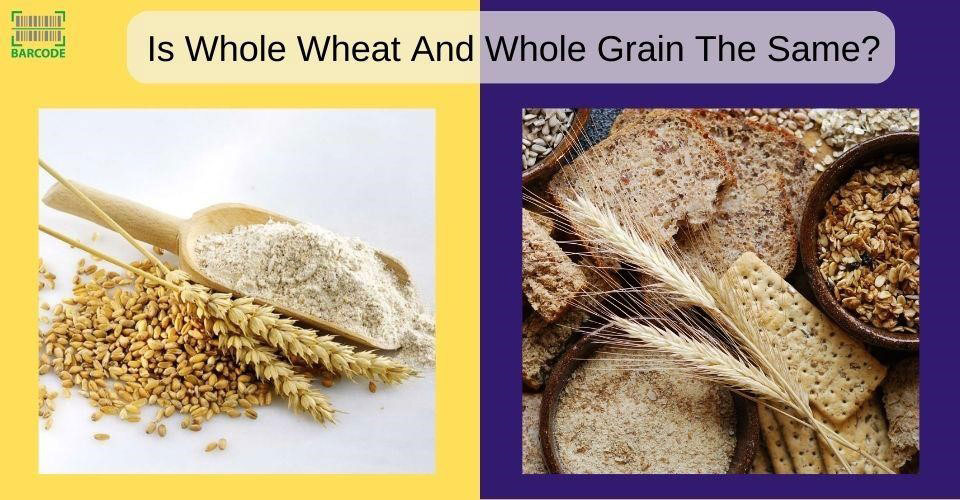
Is whole wheat and whole grain the same thing?
What Is Whole Grain?
Before answering is whole wheat or whole grain better, it’s crucial to have a look at each type.
Definition
In contrast to refined grains, which have had their outer shells removed, whole grains contain the majority of their original grain.
No matter what grain is utilized, if a product is marketed as whole grain, it signifies the entire grain kernel was utilized in its production.
Iron, magnesium, selenium, folate, potassium, and B vitamins are all considered to be present in higher concentrations in whole grains.
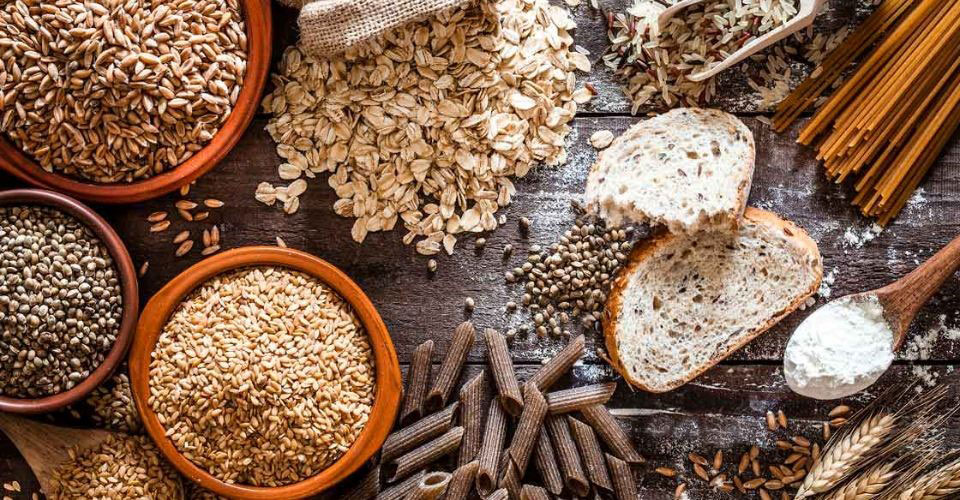
Whole grain
Health benefits
According to the Dietary Guidelines for Americans 2015-2020, adult women should have 3-6 servings of whole grains daily, while adult men should get 3.5-8 servings.
Indeed, they are a collection of foods that are incredibly nutritious and have many health advantages. Here are some of them:
Help you live longer
A 2018 medical review found that having 28 grams of whole grains each day has been linked to a 9% lower chance of dying from any cause.
Also, the risk of dying from cardiovascular disease is reduced by 14%, and the risk of dying from cancer is reduced by 3%.
Control blood sugar
According to research, consuming 1.5 servings of whole grains daily can lower insulin and blood sugar levels.
This advantage, according to researchers, may be brought on by the magnesium and chromium found in whole grains, which help control the metabolism of insulin and blood sugar.
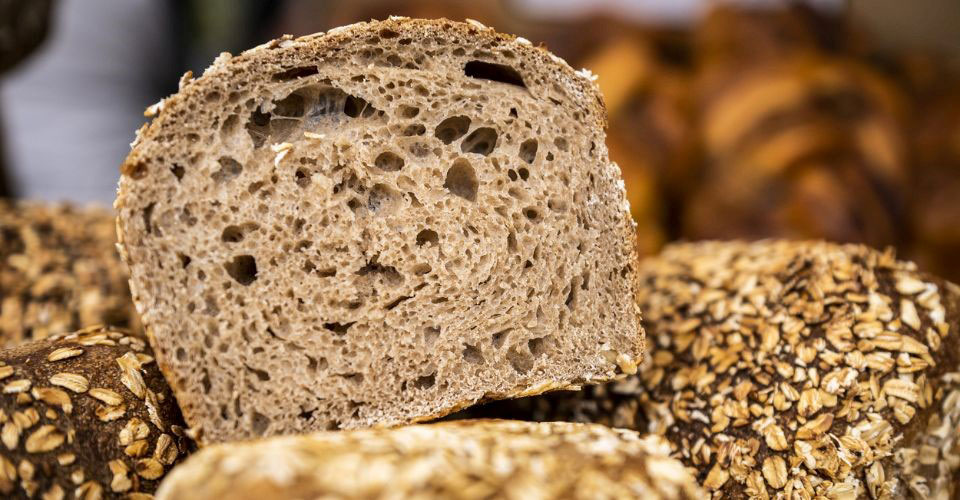
Eating whole grains helps lower the risk of type 2 diabetes
Help with weight management
Taking whole grains could aid in weight management and make keeping a healthy weight easier.
According to research, those who eat more whole grains typically had lower body masses, higher desirable body fat percentages, as well as less abdominal obesity.
Good for your gut
Products made from whole grains are fiber-rich.
Whole grain fiber is also referred to as a prebiotic, which means that it serves as food for the beneficial bacteria in the gut microbiome that are also known to enhance overall health.
What Is Whole Wheat?
It’s time to go through the definition and advantages of whole wheat!
Definition
With the exception of being unique to the wheat plant, whole wheat is comparable to whole grain.
When a product is labeled as whole wheat, it signifies the entire wheat kernel was used in its production. No modifications, alterations, or blending of other grains have been made to the wheat as well.
Whole wheat is generally a good source of fiber and other essential minerals like folate, iron, potassium, magnesium, selenium, and B vitamins.
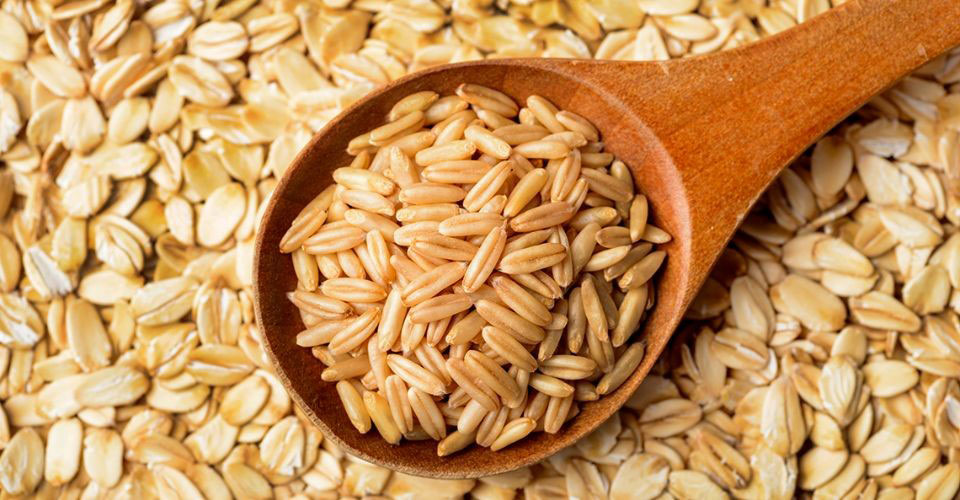
Whole wheat
Health benefits
Because whole grain wheat is used to make whole wheat products, they share the same health advantages as whole grains.
Nevertheless, the content and quantity of minerals, fiber, vitamins, and macronutrients (carbohydrates, protein, and fat) will vary depending on which grains are incorporated into a whole-grain product.
One slice of whole wheat bread (43 grams) has 80 calories, 20 grams of carbohydrates, 5 grams of protein, 4 grams of sugar, 3 grams of fiber, and 0 grams of fat, according to the USDA.
Your preferred brand of bread may be slightly different.
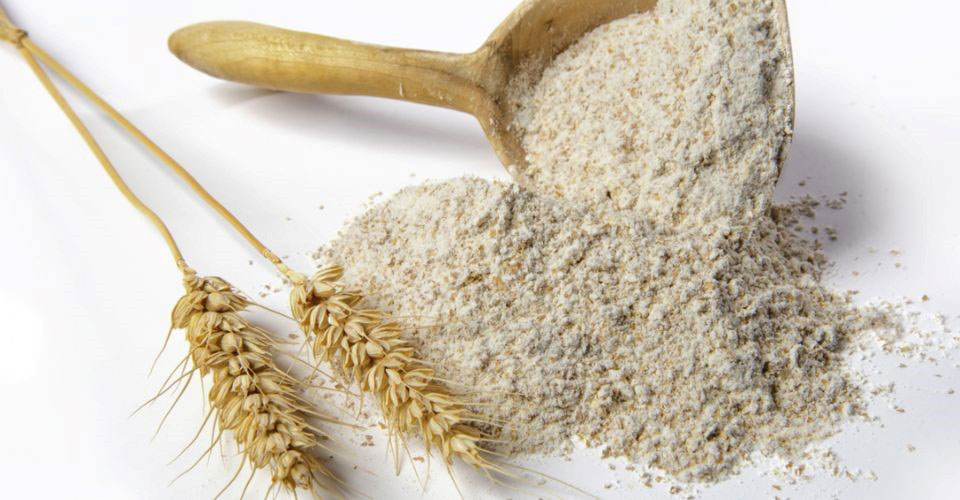
Whole wheat’s benefits are quite similar to that of whole grains
If you intend to purchase a whole wheat product, Aashirvaad Whole Wheat Atta 11lb is a good choice. It’s 100% vegetarian, all-natural, low fat, and rich in vitamins and minerals.
Whole Wheat vs Whole Grain Comparison
Let’s discuss the similarities and dissimilarities between these two products:
Similarity
The word "whole" is what gives whole wheat and whole grain their resemblance.
The term "whole" refers to a grain seed that still contains all three of its constituent parts: the bran, germ, and endosperm, ensuring that the product provides the maximum amount of nutrients and subsequent health advantages.
Difference
While whole wheat products may only be made from wheat, whole grains can comprise goods from a variety of plants, such as oats, rice, corn, barley, and wheat.
As you can see, wheat is a kind of grain and it falls under the definition of whole grain as well.
In other words, all whole wheat products are whole grain ones, but not vice versa.
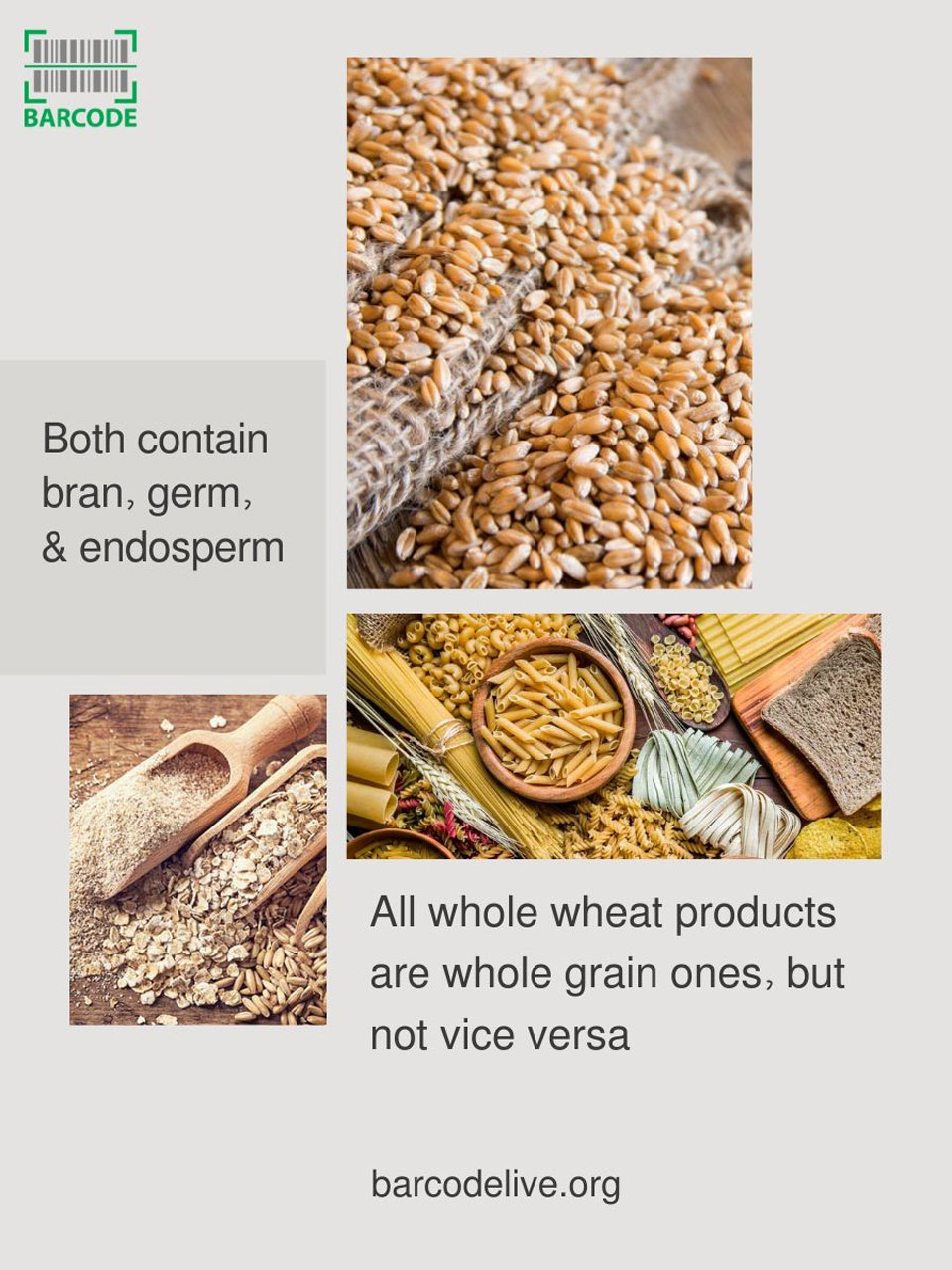
Whole wheat whole grain comparison
Many people assume multi grain vs whole wheat are the same, but they are not. Multi-grain is not whole grain.
Whole Grain Vs Whole Wheat Which Is Healthier?
In general, whole grains provide a larger variety of nutrients from other grains, so they are frequently thought to be more nutrient-dense than only whole wheat goods.
According to Cesar Sauza, a certified dietitian with AltaMed Health Services in Los Angeles, "foods with whole grains seem to provide your diet with more of a diversity, which is always healthy."
Despite that, there are still significant health advantages to consuming whole grains or products made entirely of whole wheat.
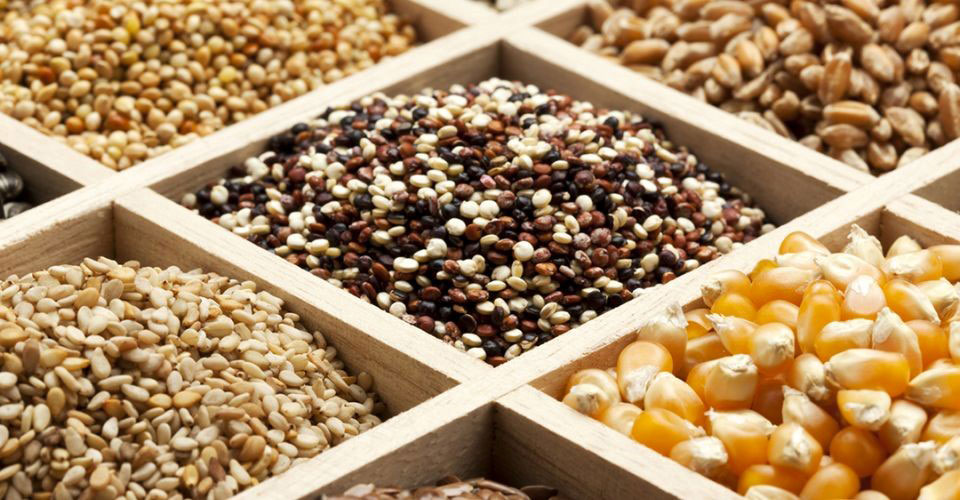
Whole grain is healthier than whole wheat
Whole Wheat vs Whole Grain: What Should You Choose?
Both whole wheat and whole grain are better for your health than refined grains when it comes to making food choices.
And of course, you are free to select whole grain flour vs whole wheat flour, for example.
Nevertheless, increasing the variety of whole-grain products in your diet could guarantee that you are consuming the recommended number of servings.
Selecting whole-wheat pasta, cereal, crackers, and bread, for instance, is a terrific place to start.
Replacing white rice with brown rice and including unusual grains like farro, spelt, bulgur, millet, buckwheat, and barley in your diet may add more grains and a larger range of nutrients as well.
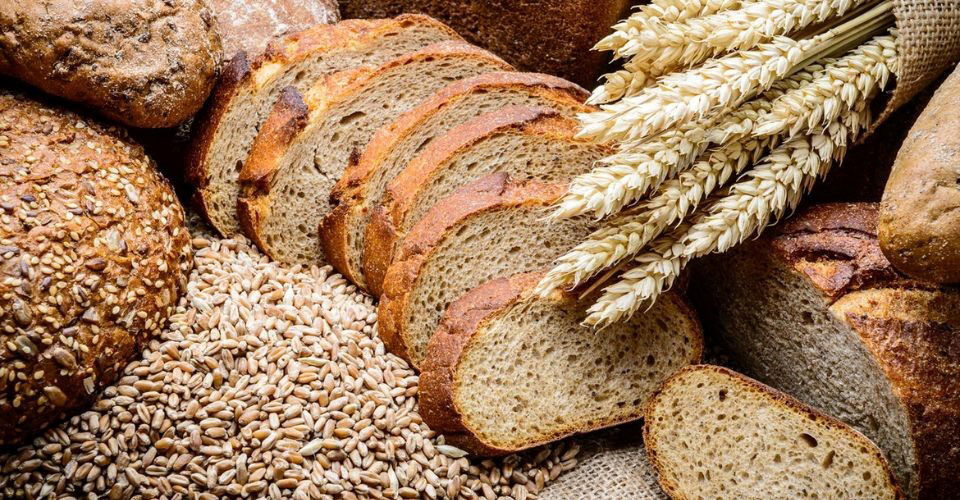
It’s up to you to pick whole grain or whole wheat
Importantly, for those who are gluten-sensitive, allergic to wheat, or have celiac disease, remember to check for the word "whole" before the grain or grains in the first ingredients on the list.
A greater percentage of the product will be prepared with whole grains if the labels say "whole."
On the contrary, it may not include much whole grain if a product's label declares that it was "made with whole grains," but the ingredients only list whole grains after other ingredients.
If you're seeking whole grains, "wheat bread," "wheat flour," or "100% wheat" are meaningless because all white flour is created from wheat.
No matter what processed form you purchase your oats in, all three components of the kernel are still there, making plain oats 100% whole grain.
The common whole-grain rice is brown rice, although this does not refer to a specific variety; rather, it refers to the grain's natural color.
Bottom Line
All three parts of the grain kernel are present in whole grains and whole wheat, and both are equally nutrient-dense. The important thing here is that you should pick items marked "100% whole grain" or "100% whole wheat" and free of refined grains in the ingredient list for the greatest health advantages.
Is whole wheat and whole grain the same? We hope you’ve got a clear answer. Stay tuned to Barcode Live for more interesting information!
Source:
https://fdc.nal.usda.gov/fdc-app.html#/food-details/575523/nutrients
https://pubmed.ncbi.nlm.nih.gov/29091078/
https://www.mdpi.com/2072-6643/11/6/1245
https://www.sciencedirect.com/science/article/abs/pii/S1556370716300736
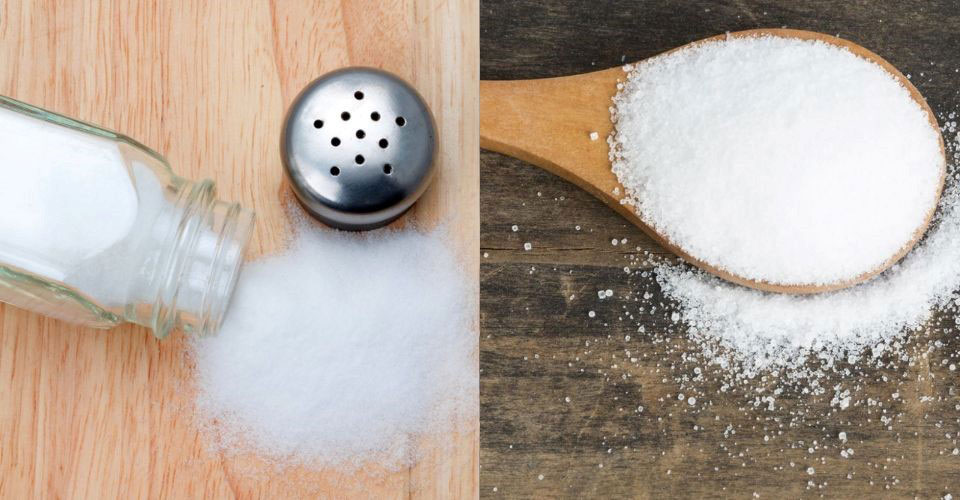
![Iodized Salt vs Sea Salt Comparison [Nutrition, Taste, Cost & More]](https://barcodelive.org/filemanager/data-images/imgs/20230328/Tip_Iodized%20Salt%20Vs%20Sea%20Salt_1.jpg)

8 Comments
Williams
An excellent post as usual
Leave a Comment
Your email address will not be published. Required fields are marked *Barcodelive
Thanks
Leave a Comment
Your email address will not be published. Required fields are marked *Nilam Munshi
How much whole grain is actually in 100% whole wheat bread?
Leave a Comment
Your email address will not be published. Required fields are marked *Barcodelive
There is no definitive answer because every recipe is different. Some purchased breads will include a number of grams per serving as a prominent form of advertising
Leave a Comment
Your email address will not be published. Required fields are marked *Charandeep Chaudhary
Are there any differences in the nutrition of whole grain bread and whole wheat pasta?
Leave a Comment
Your email address will not be published. Required fields are marked *Barcodelive
Yes, to some degree, because they have different ingredients. Pasta is denser than bread and has eggs. The most basic bread recipe has only flour, yeast, salt and water. Admittedly, many American sandwich loaves also have eggs; they will often have sugar as well.
Leave a Comment
Your email address will not be published. Required fields are marked *Camden Jones
Is eating whole grain really healthy?
Leave a Comment
Your email address will not be published. Required fields are marked *Barcodelive
Whole grains have been part of our diet routine for many years. However, intaking high amount of while grains cause various health issues like obesity, inflammation and other issues. But experts say that if we can use whole grains in our diet plan in a proper way, we can get many benefits from that.
Leave a Comment
Your email address will not be published. Required fields are marked *Leave a Comment
Your email address will not be published. Required fields are marked *